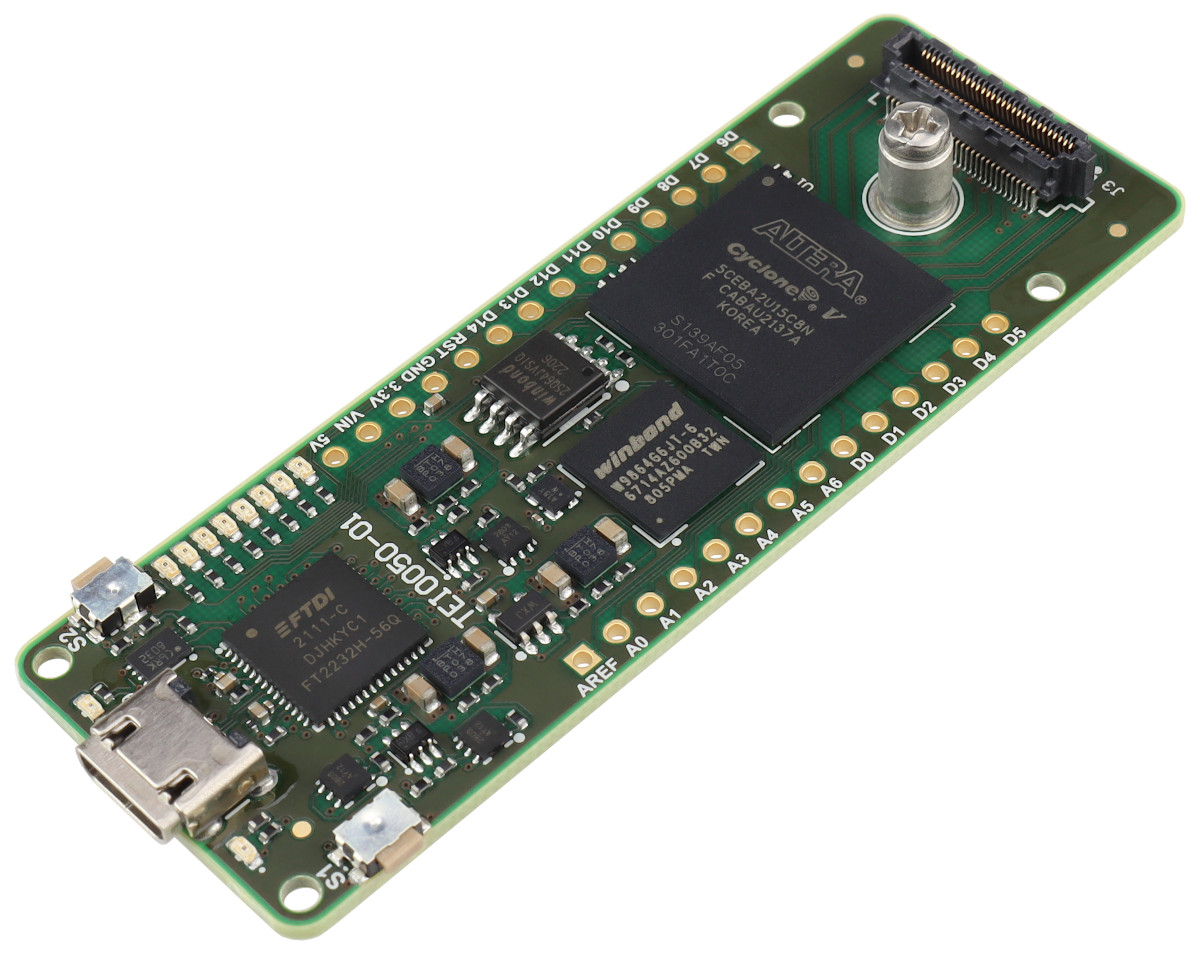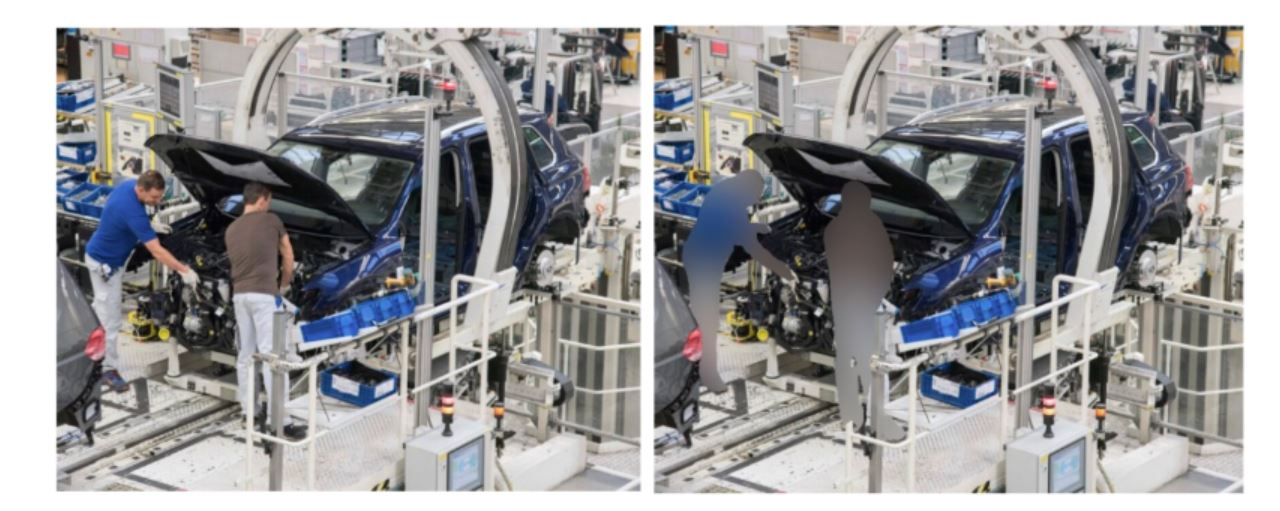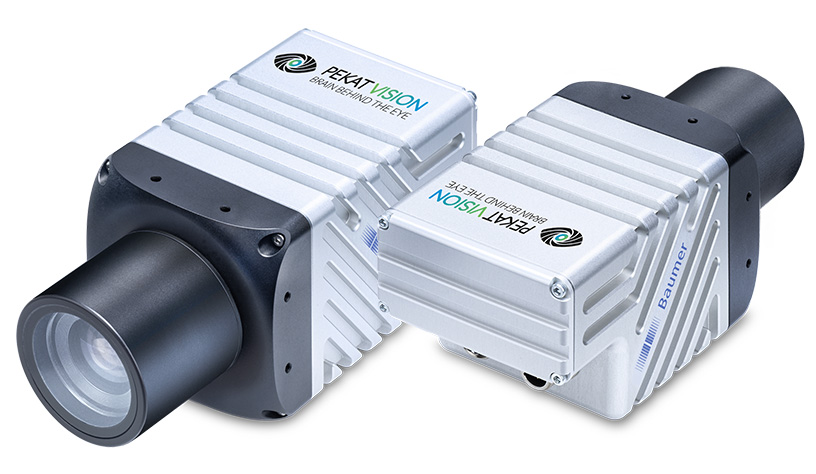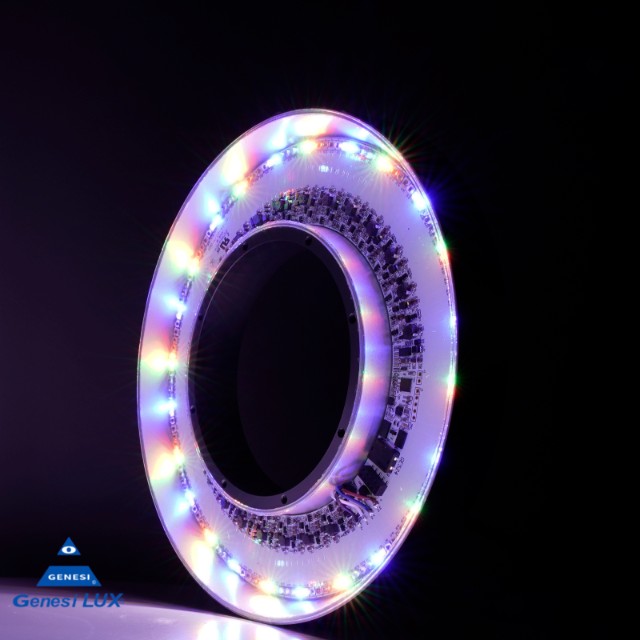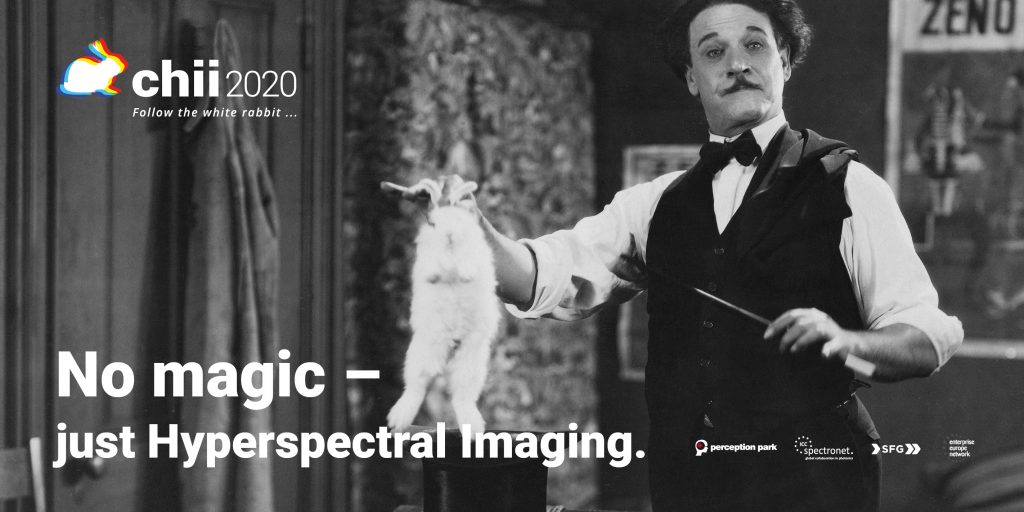
Conventional image processing systems have become established in automation in industrial applications in recent years. Machines that can „see“ can do more than systems without image processing, and this knowledge has now become established among developers and designers. While conventional 2D and 3D vision systems check the quality of objects by recognizing certain error features on the surface, hyperspectral imaging (HSI) goes one step further: With the help of this technology, spectroscopic analysis of objects can be carried out in order to determine organic or inorganic impurities – not only on the surface, but also partly inside the inspected materials. Hyperspectral imaging systems usually utilize 100 or more different wavelengths and a spectrograph that splits the light reflected from the object into its spectrum and reproduce it on the camera sensor. An HSI system assembles the resulting images into a three-dimensional hyperspectral data cube that can contain very large amounts of data. The result is a “chemical fingerprint” of the object under consideration, which enables the analyzed material properties to be determined precisely. With the help of special evaluation software, each identified chemical component can then be flagged with its own color in the images taken in order to visualize the exisiting substances in a simple way for the user. This technology is called Chemical Color Imaging (CCI).
Diverse applications
“Hyperspectral imaging can be used in a wide variety of industrial application areas and in certain cases offers solutions for tasks where conventional image processing systems fail,” explains Markus Burgstaller, Managing Director of the Graz-based company Perception Park that specialized in that innovative technology a few years ago. As an example for an application, Burgstaller mentions the classification of substances that have no visual differences, but are not chemically identical: “Plastics of various compositions can look very similar and can therefore hardly be classified by conventional image processing. On the other hand, HSI systems are able to analyze chemical properties and therefore recognize materials very reliably. With this technology, the concentration and distribution of ingredients can largely be recorded in real time.” A special feature of hyperspectral imaging systems makes them particularly attractive for certain applications: Some substances are not transparent to visible light, but can be penetrated by infrared light. This gives the possiblity to check the chemical composition of packaged content even through a suitably designed packaging. According to Burgstaller, applications in which this property comes into play are found primarily in the pharmaceutical and food industries, but also in numerous other industrial segments.


